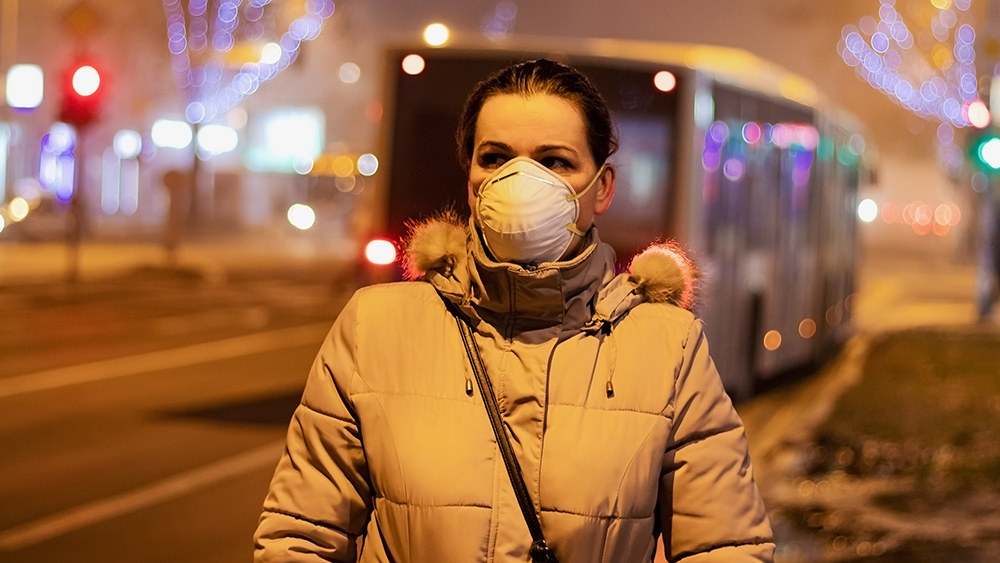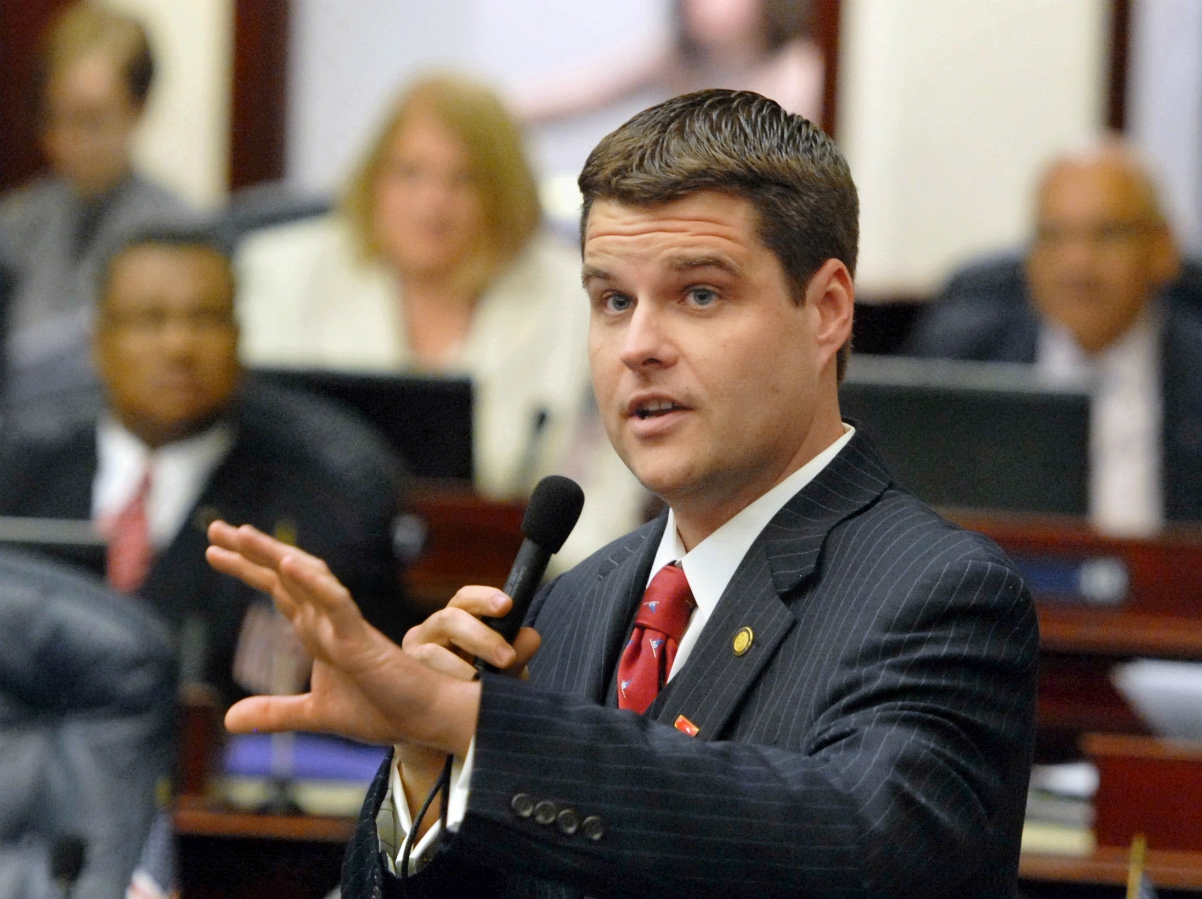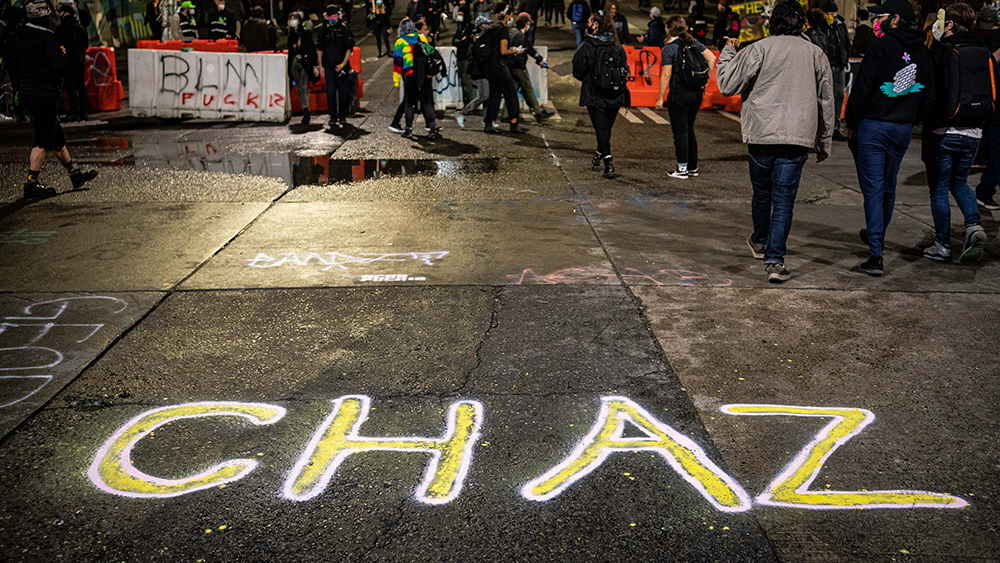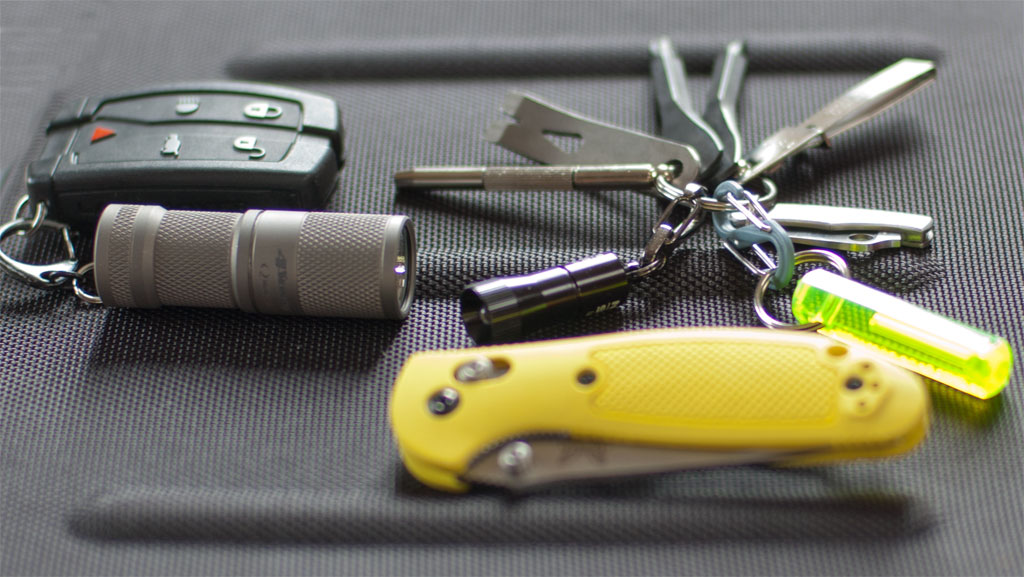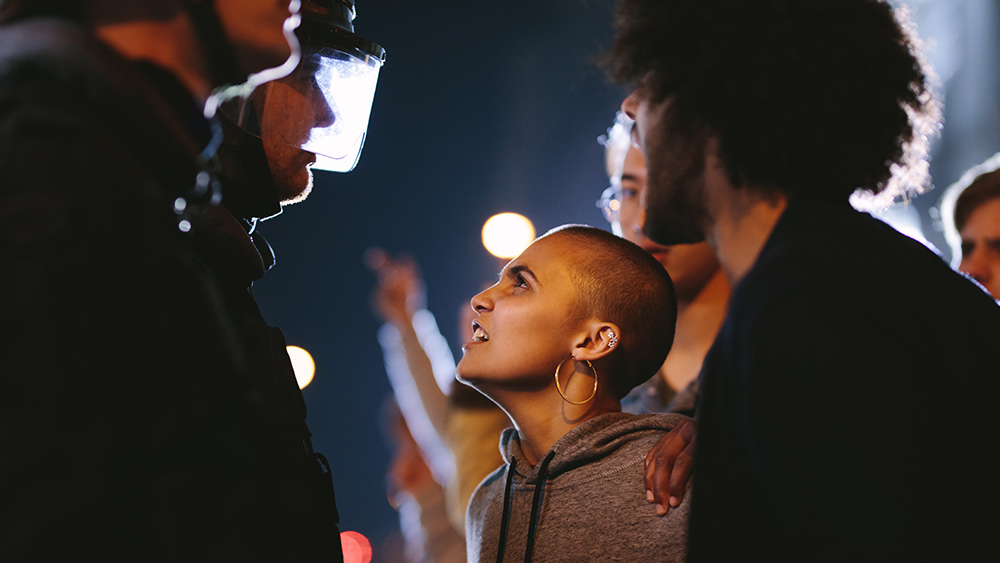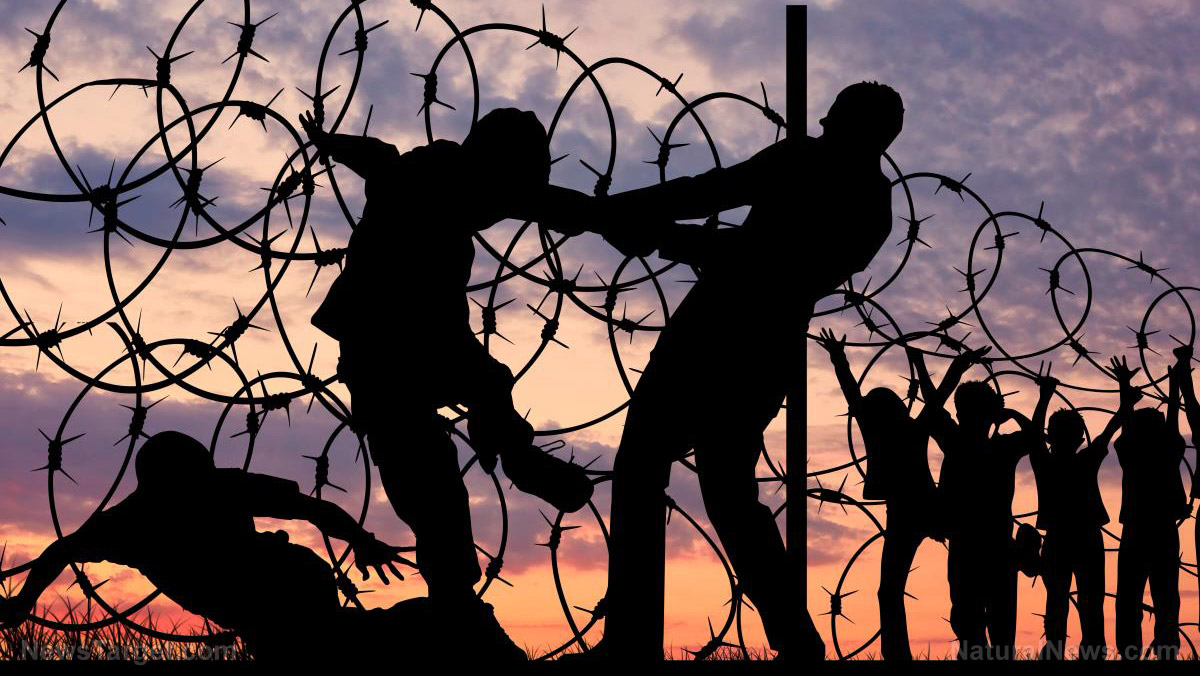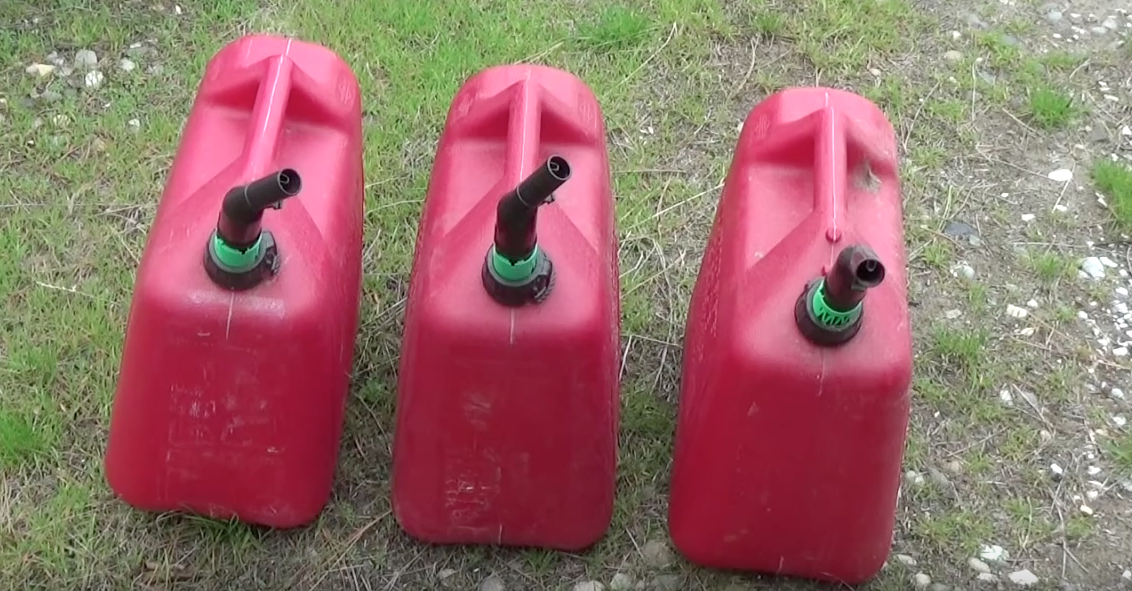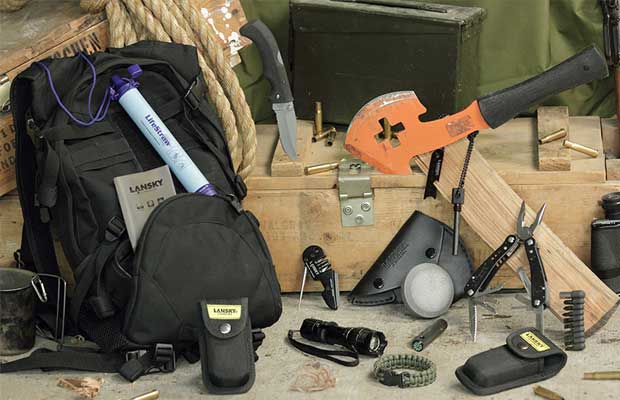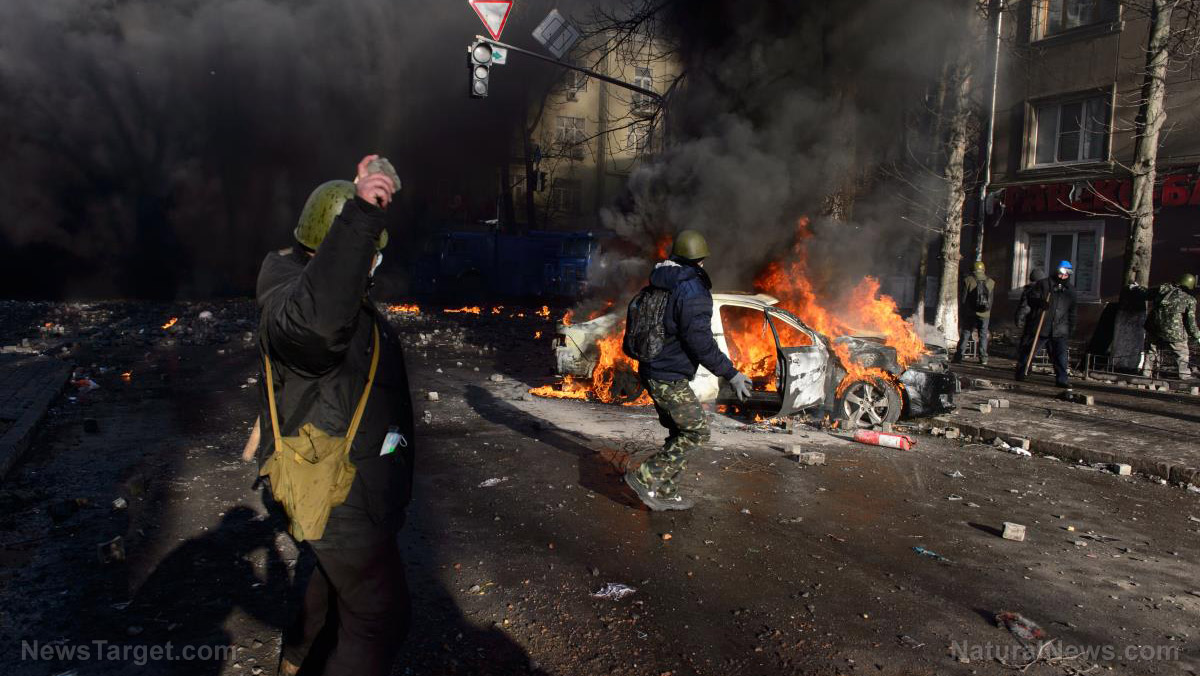Demand for rural and suburban properties skyrocket as more people are looking to get away from coronavirus, riots
06/28/2020 / By Zoey Sky
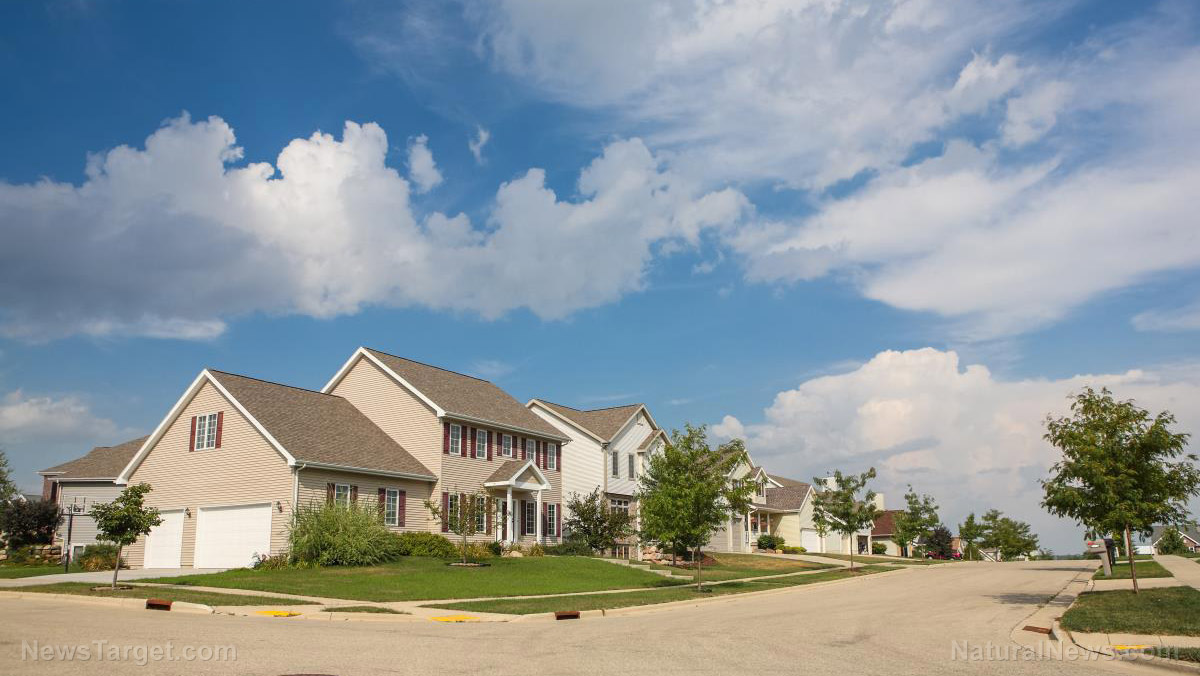
Before coronavirus (COVID-19) spread across America and throughout the rest of the world, preppers were already getting ready for pandemics and social unrest. Now, city-dwellers all over the country are eyeing properties in rural and suburban areas to escape the chaos and economic crisis affecting their livelihoods.
Growing interest in rural properties
This interest in rural and suburban properties indicates a major shift. In the last few years, real estate prices in large cities like New York, San Francisco and Seattle were flourishing.
But in 2020, buyers are now turning into sellers. However, there isn’t a lot of demand for very overpriced homes in major cities that are now under siege by violent rioters.
On the other hand, price listings for rural and suburban homes are skyrocketing as more Americans want to move away from major cities in the middle of the coronavirus pandemic, then escalating riots.
Redfin reports that page views for homes in rural communities and small towns soared in March, when coronavirus quickly spread in America.
By March 23, the seven-day average year-over-year change in pageviews of homes in rural areas and small towns increased by 115 percent and 88 percent, respectively. Meanwhile, pageviews for homes in urban metro areas with populations of 1 million or more went down by 10 percent within the same period.
While the surge in interest in rural properties still hasn’t been translated into an increase in actual sales, the decline in pending sales was been less dramatic in rural areas and small towns, which went down by 20 percent and 11 percent, respectively, compared to large urban areas, which decreased by 26 percent.
The data suggests that the housing market in rural areas and small towns may fare better during coronavirus shutdowns compared to big cities. In the long term, there may be an increase in home sales in less densely populated areas as city-dwellers seek safer neighborhoods to escape congested cities. Others may also want to have a second home to head to when SHTF in the city.
An uncertain economic environment
Despite the economic turmoil the country now finds itself in due to the pandemic and civil unrest in cities, more people are showing an interest in relocating to rural areas.
According to a recent Harris Poll, over three in 10 people in America want to live in a rural area because of COVID-19. At least 25 percent of Americans report that the pandemic makes them want to live “in an exterior suburb within 10 [to] 20 miles of a major city.”
But not everyone can afford this move from the city to rural areas, especially since the economy has barely recovered from the coronavirus pandemic, which has left over 42 million Americans jobless. While citizens have expressed a desire to relocate, others will continue to survive by doing whatever they can to keep their jobs.
Meanwhile, those with the funds to do so can make a dramatic change in their lives as they escape the chaos of the pandemic and riots.
Avoiding the pandemic in rural properties
The pandemic has also affected once thriving real estate markets, such as San Francisco.
Brokers in Marin County, Napa wine country and Monterey’s Carmel Valley report that more homebuyers are now interested in buying property in rural and suburban areas to avoid the increasing dangers of staying in coronavirus hotspots in major cities.
This rush to snap up properties away from bustling cities also highlights the stark difference between those who can afford new homes and others who are barely surviving because of the struggling post-COVID-19 economy.
Lower-income citizens, who are some of the hardest-hit by the pandemic, can’t afford to relocate. For example, expensive neighborhoods in San Francisco had emptied when residents relocated during lockdowns because of the coronavirus pandemic.
On the other hand, in the Tenderloin, an area with a large homeless population, those seeking shelter have set up hundreds of tents. (Related: U.S. headed for “unprecedented housing crisis” as mass evictions loom.)
Patrick Sharkey, a sociology professor at Princeton University who focuses on urban inequality, explained that this scenario shows how the affluent can afford to distance themselves from the pandemic.
Riots in the city
As riots add to their worries because of the coronavirus pandemic, more city-dwellers are convinced that moving to rural locations is the safer option.
On the last days of May, Chicago experienced “the deadliest day” the city had seen since 1961. On May 31 alone, 18 people were murdered. Chicago’s next most violent day was August. 4, 1991, when 13 murders were recorded.
The future seems uncertain as the country’s once-thriving cities are now in chaos. With riots breaking out almost every day, businesses closing left and right and unemployment and homelessness rates skyrocketing, it’s no wonder more people are considering relocating to quieter and less populated homes in rural areas.
Preppers who currently reside in small towns and rural communities may potentially experience a mass exodus from major cities in the coming months. This can also drive real estate prices in rural areas through the roof.
But while the affluent can easily afford these prices, others may be stuck in the city because safer homes in rural and suburban neighborhoods are beyond their budgets.
Sources include:
Tagged Under: bugout, chaos, cities, Collapse, coronavirus, covid-19, crime, economic crisis, economics, financial, freedom, home prices, housing, housing crash, housing prices, infections, migration, outbreak, Preppers, prepping, Real Estate, real estate prices, riots, risk, rural living, rural properties, safety, SHTF, small towns, survival, Wuhan, Wuhan coronavirus
RECENT NEWS & ARTICLES
COPYRIGHT © 2017 PATRIOT NEWS

